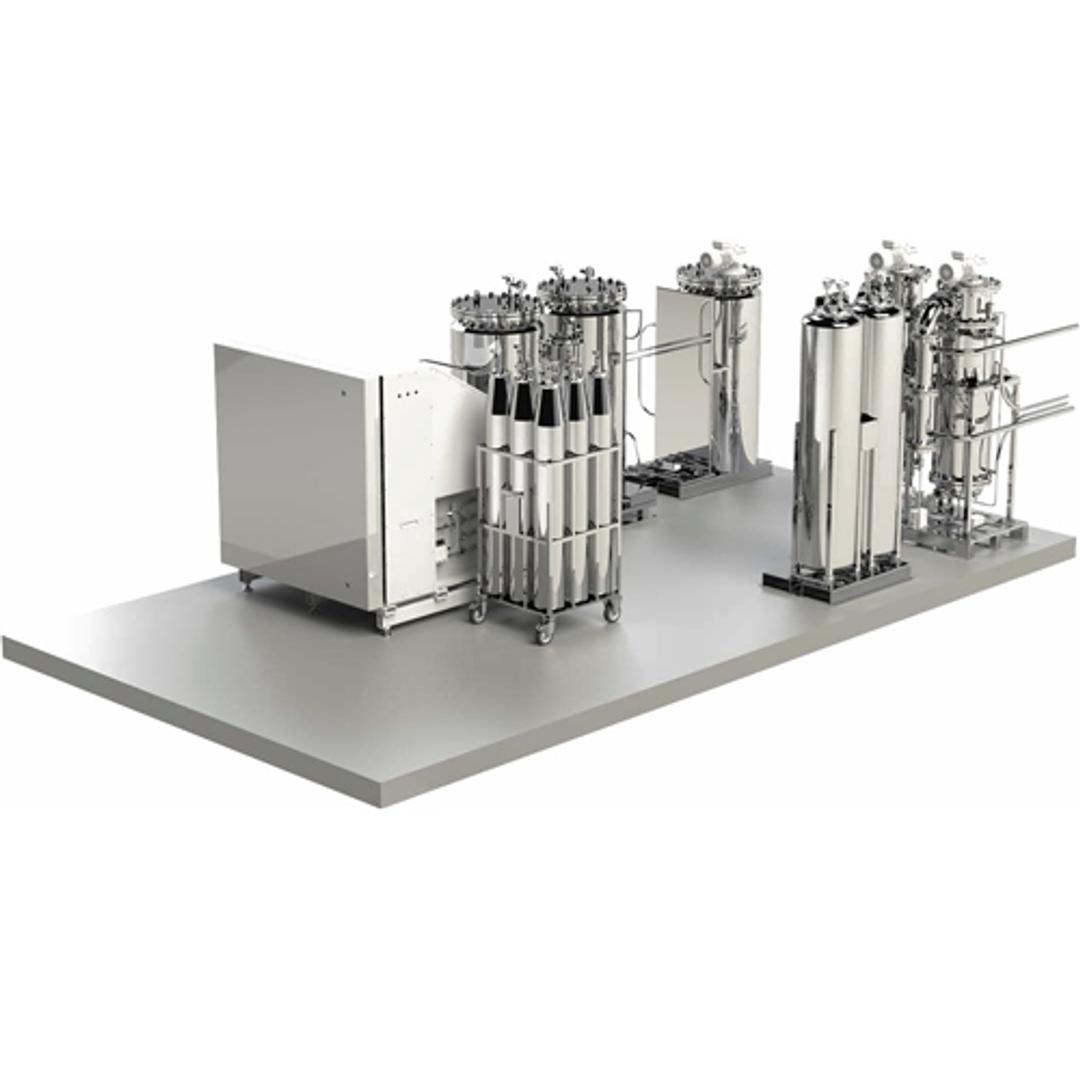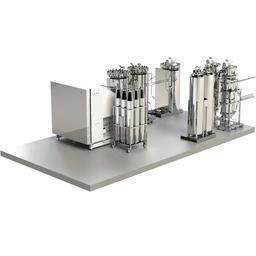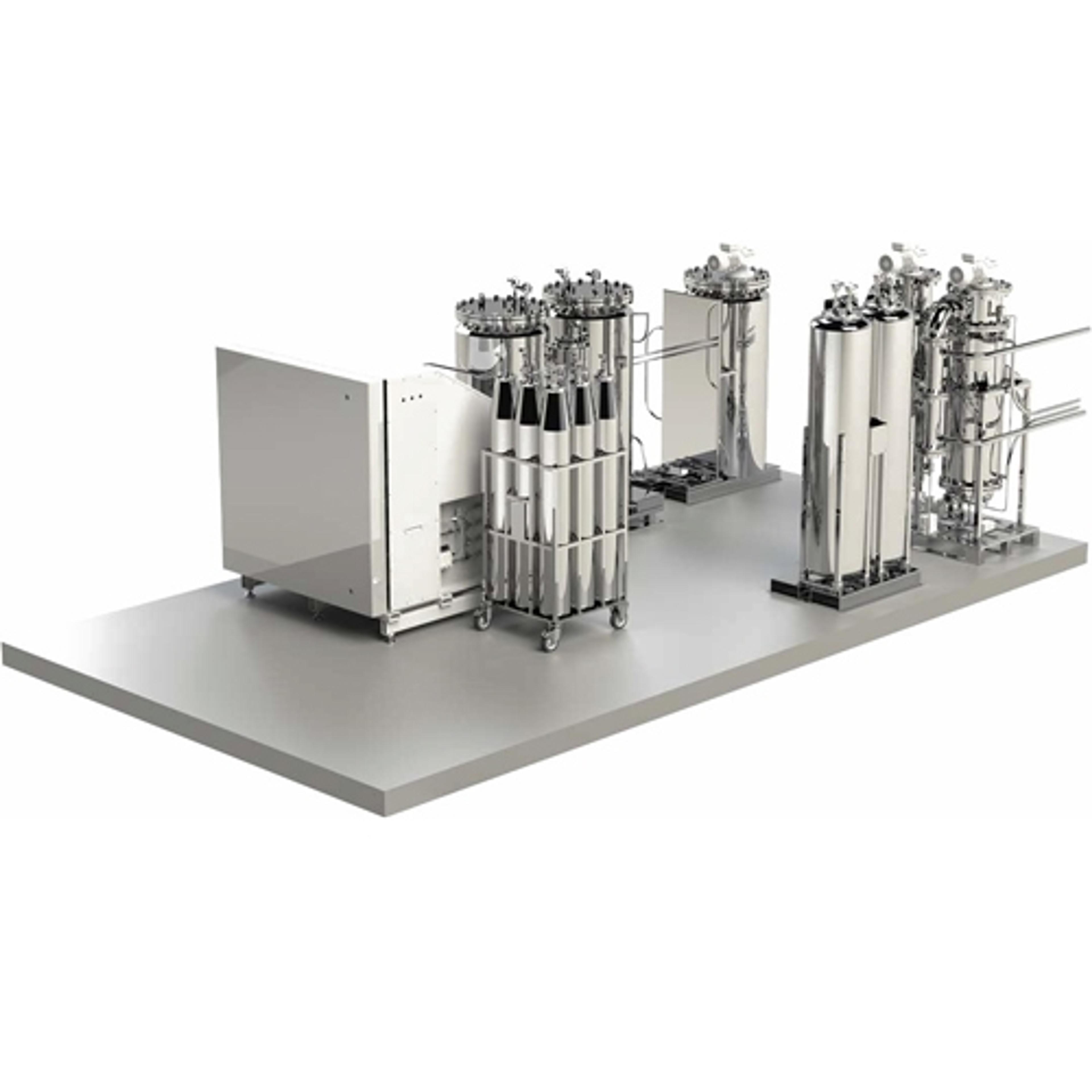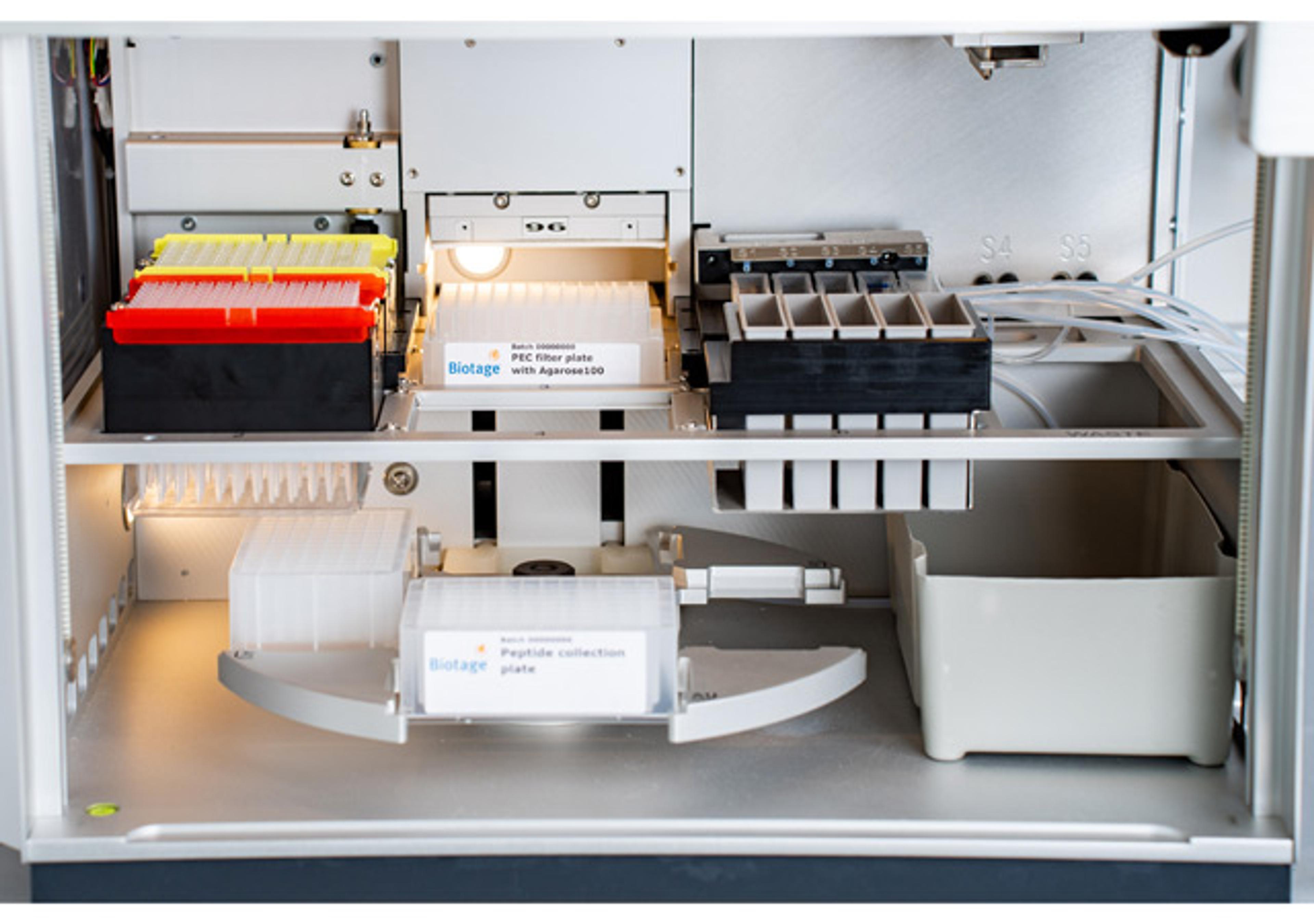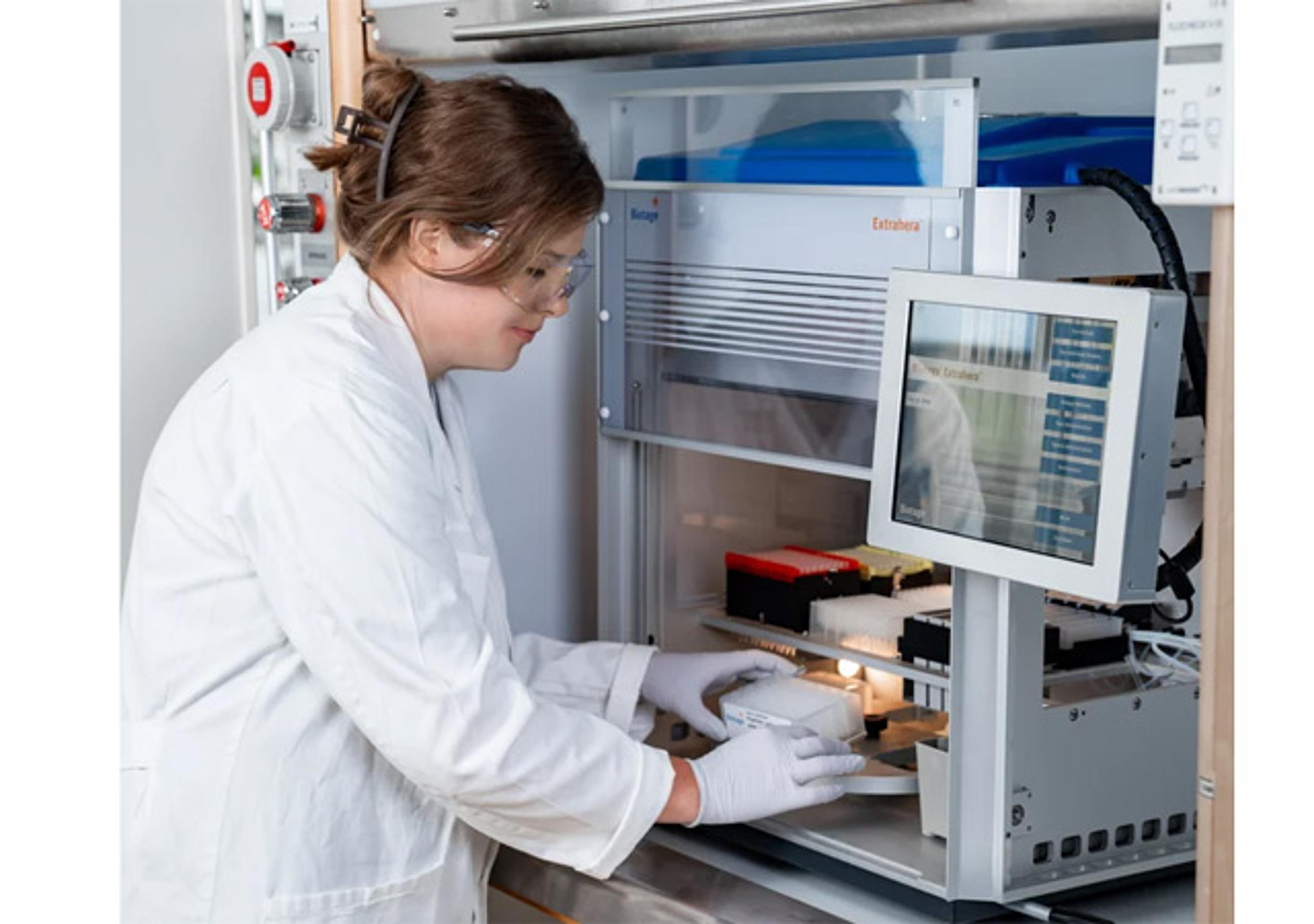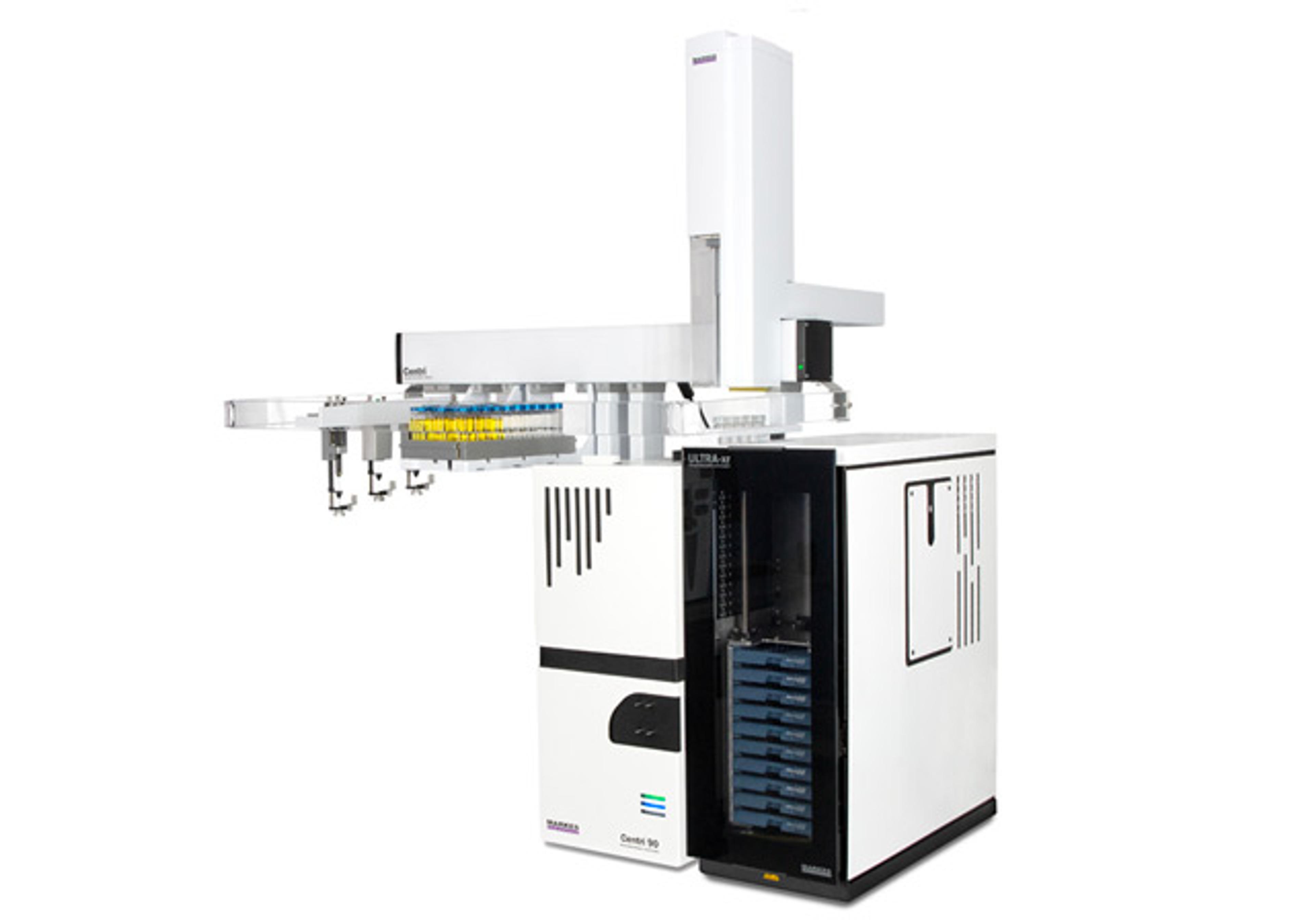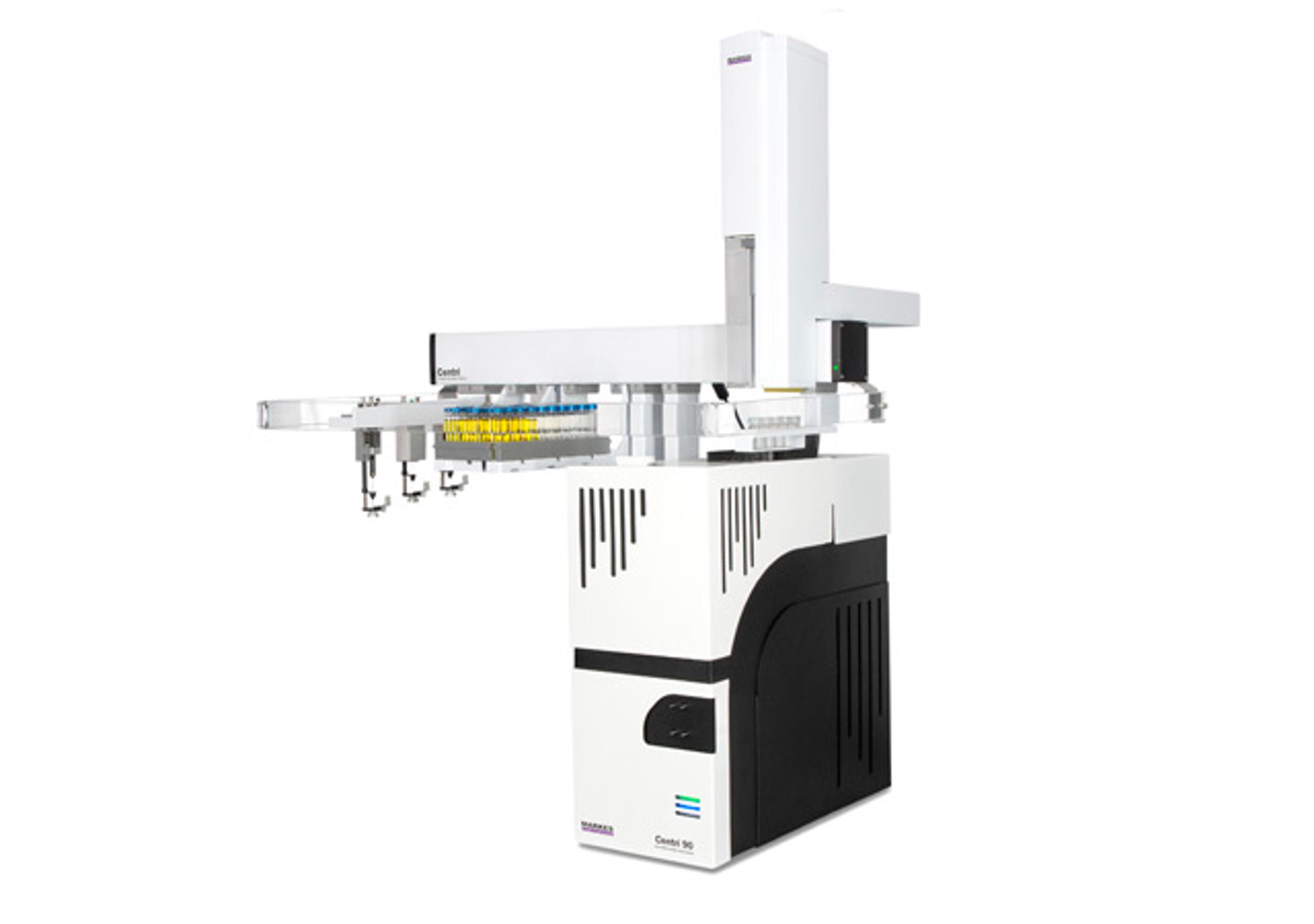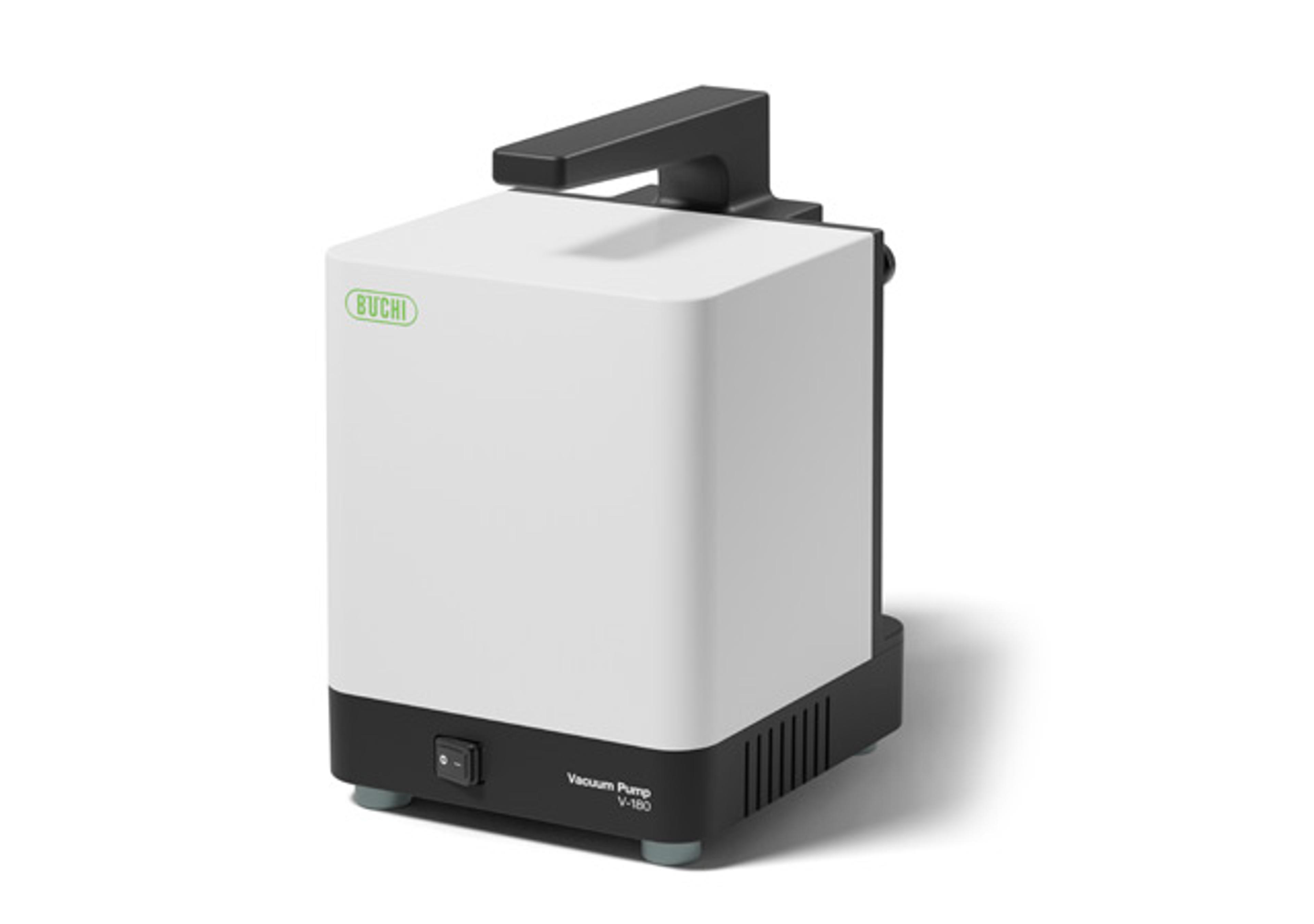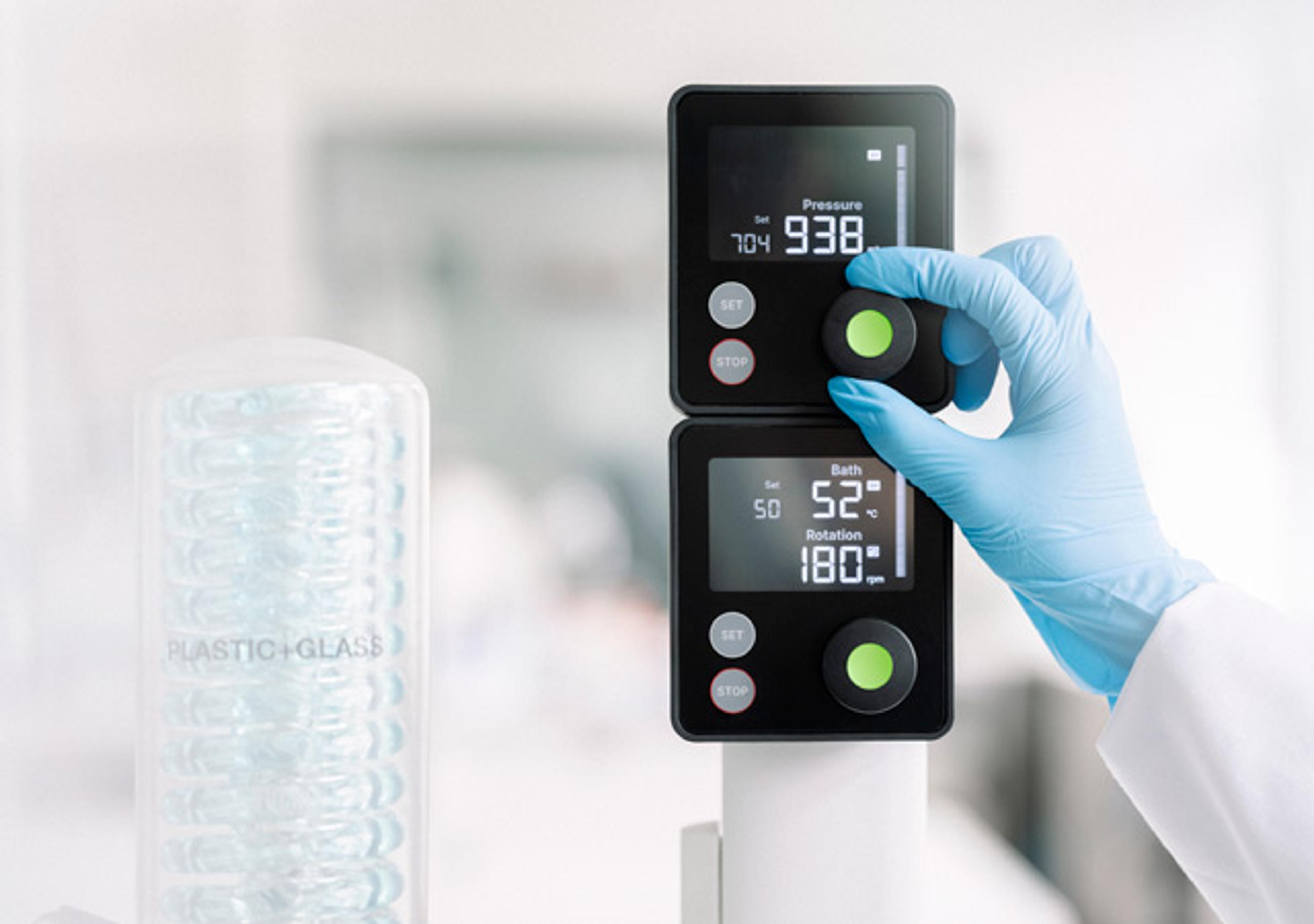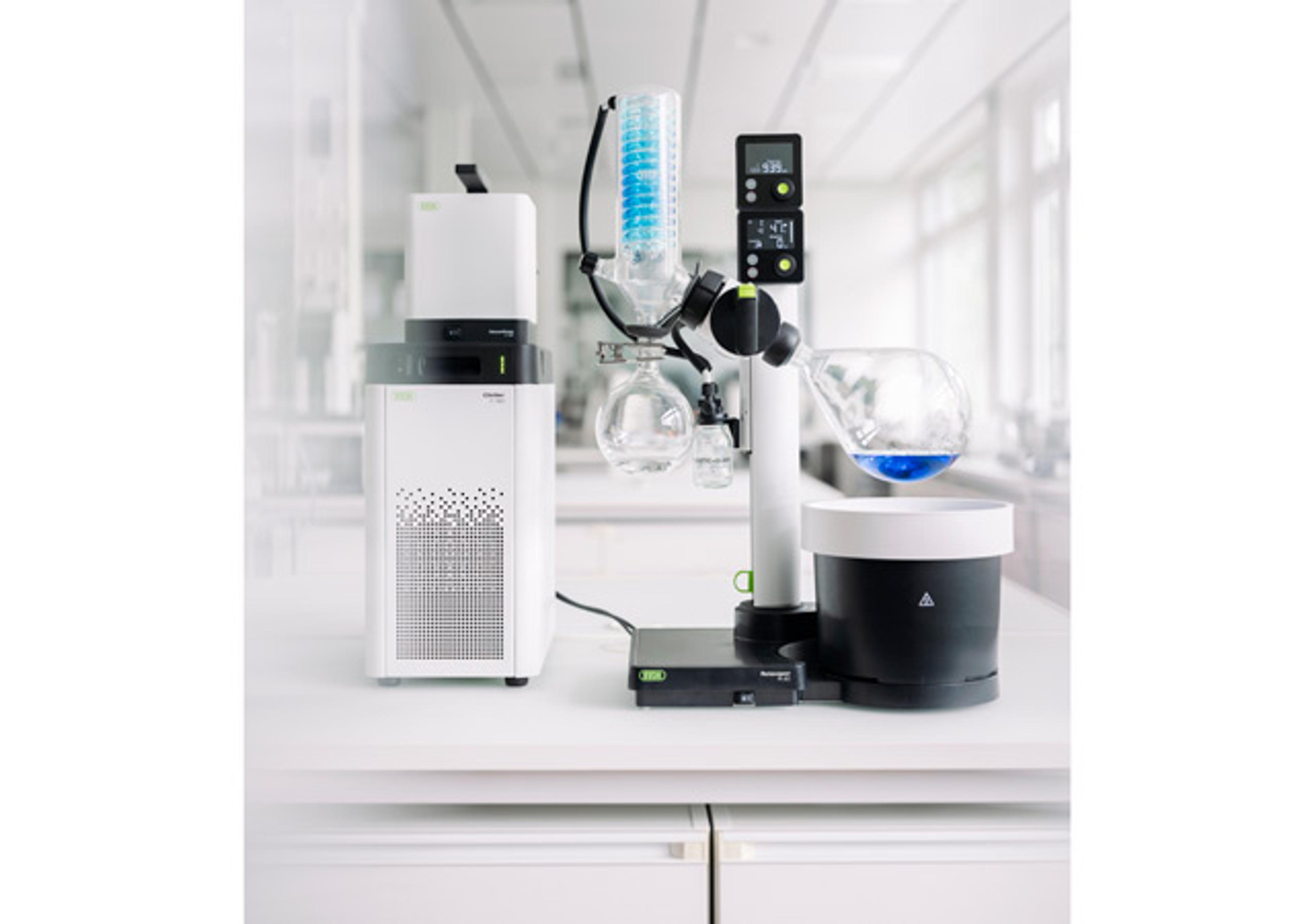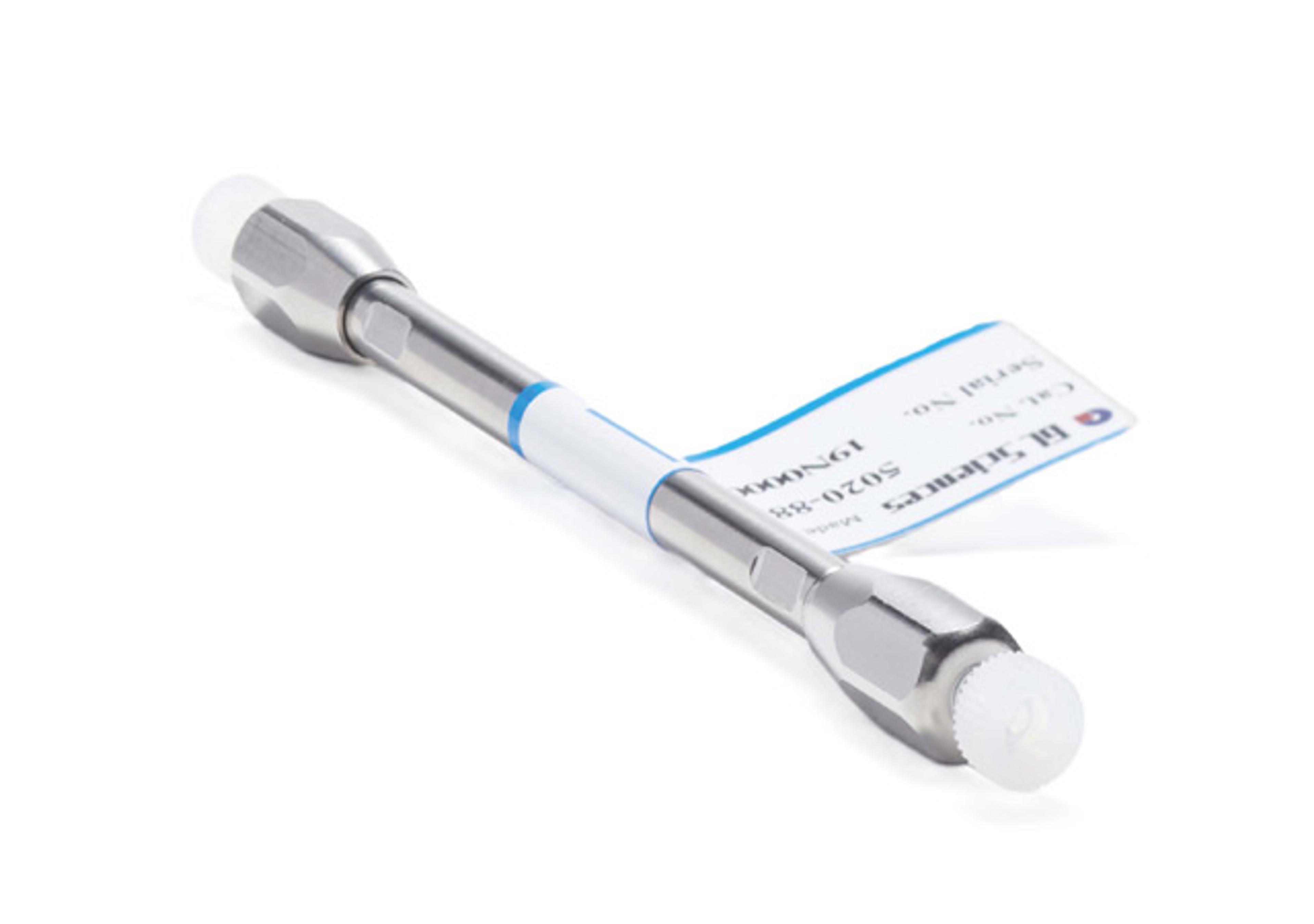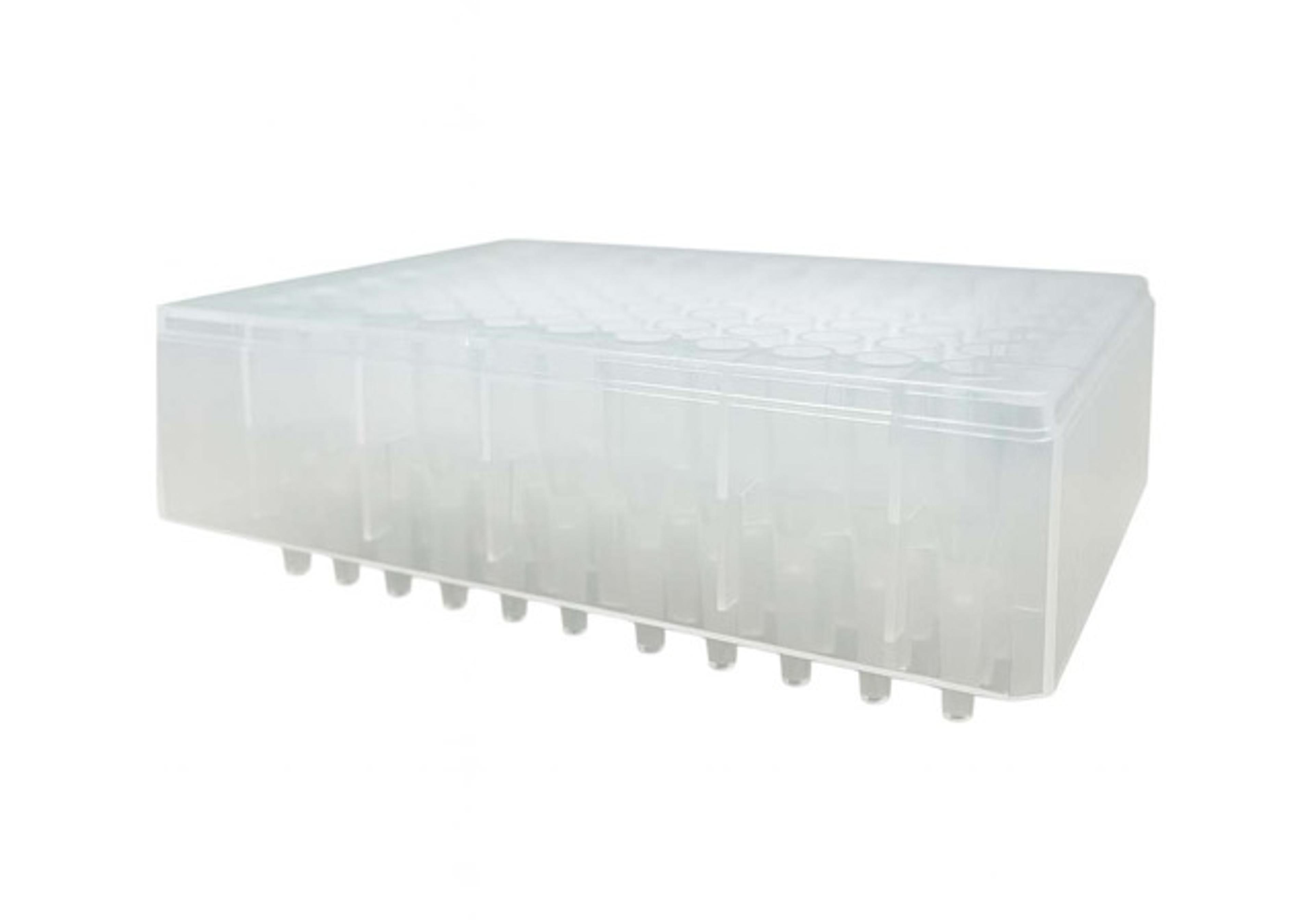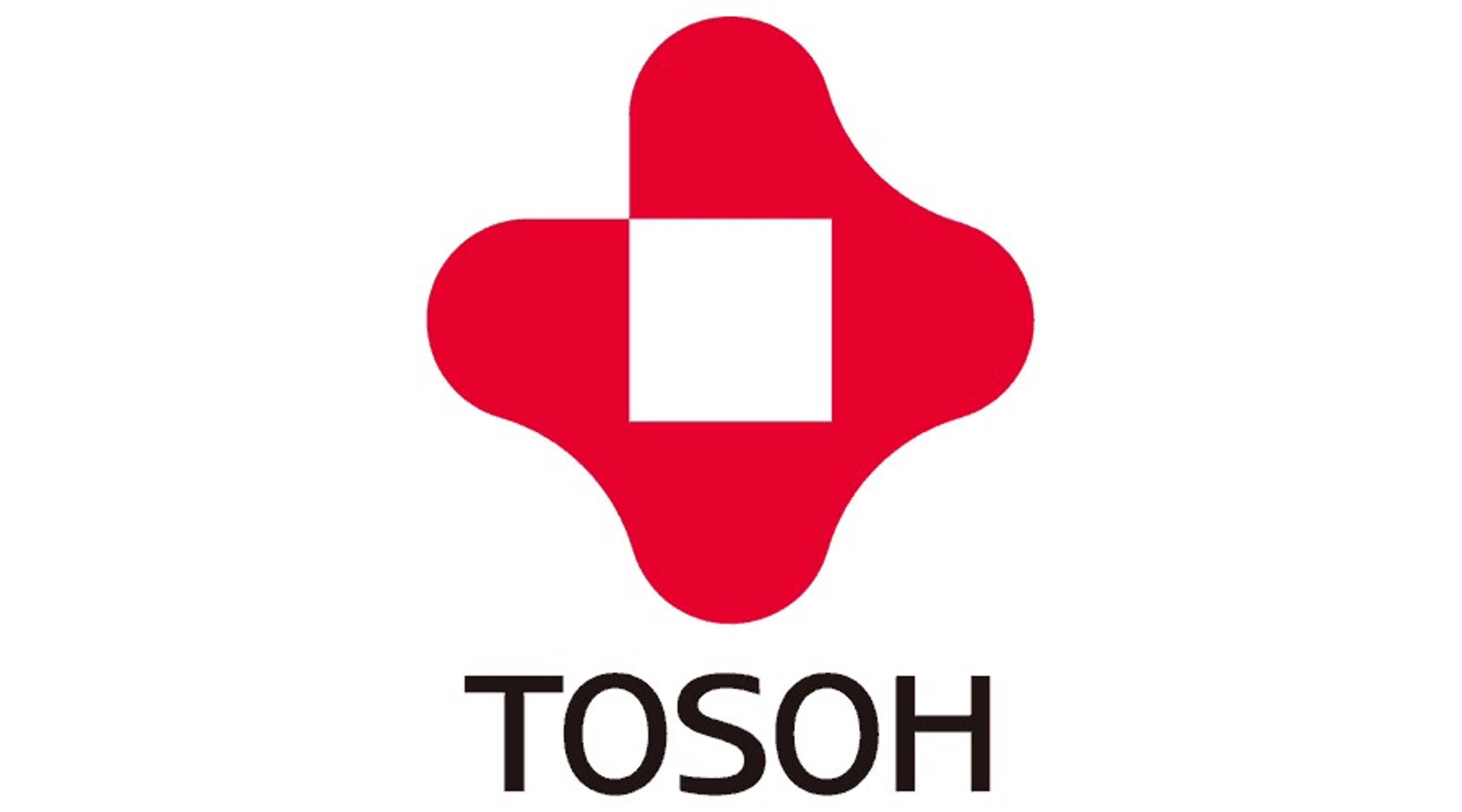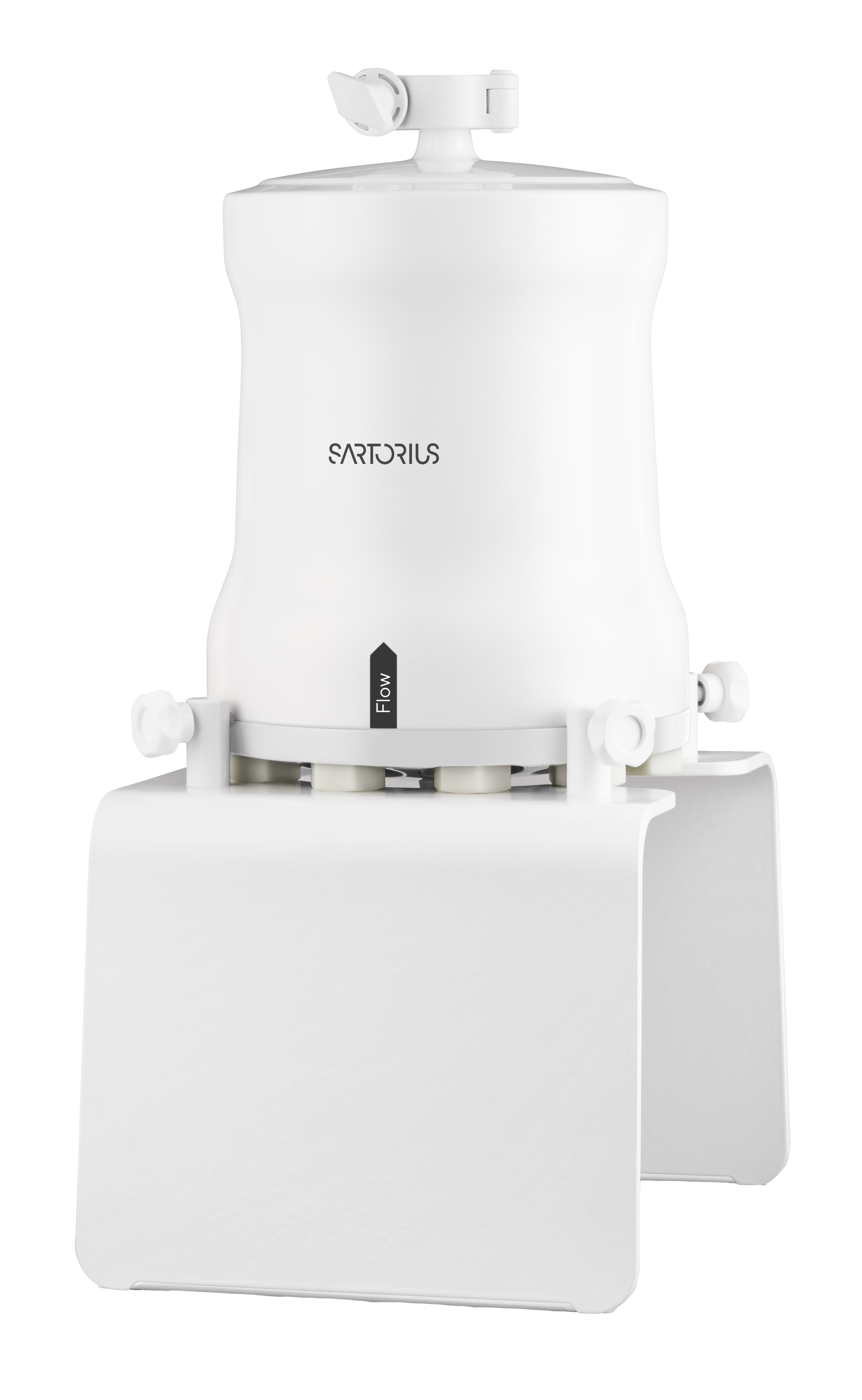pCPC + HeiVap Platform
Add even more to your production with pCPC combined with the Heivap platform. This is a complex solution which enables complete solvent handling and allows the elimination of solvents and final polish of the product. The strategic partnership RotaChrom entered into with Heidolph comes with the possibility to combine the pCPC with Heidolph Heivap platform. The scaled-up and extended system provides a versatile solution, while…
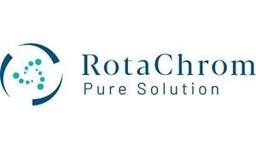
The supplier does not provide quotations for this product through SelectScience. You can search for similar products in our Product Directory.
Add even more to your production with pCPC combined with the Heivap platform. This is a complex solution which enables complete solvent handling and allows the elimination of solvents and final polish of the product. The strategic partnership RotaChrom entered into with Heidolph comes with the possibility to combine the pCPC with Heidolph Heivap platform.
The scaled-up and extended system provides a versatile solution, while the integrated solvent regeneration platform reduces the costs of operation. Thanks to RotaChrom’s customer support and prediction tools, the operational cost, process flow and layout can be tailored to your needs before installation.
While solid-liquid chromatographic techniques are generally limited in choices for stationary phases due to polarity requirements and usually fill the column with silica gel packing. With each run, efficiency decreases as the stationary phase adsorbs particles and saturates the column, requiring cleaning or disposal while managing potential contamination.
Silica gel also creates challenges such air pockets from incorrect column packing which can further impact overall performance. Legacy columns don’t scale easily either, with taller columns requiring taller buildings, industrial scale operations would require a column size that just isn’t feasible.
Additionally, solid stationary phases, used in techniques targeting isomer component separation, impose an immense cost burden upon the user. This drives researchers to try to eliminate the latter need for chromatography as much as possible during the upstream process development stage. Alternative chromatographic techniques like CPC provide flexibility as this method opens new possibilities to tailor isomer separations without using a specific solid stationary phase.
Liquid-liquid techniques allow for more solvent system options and offer greater potential for material retention and reuse. Using two immiscible liquids makes total stationary phase recovery possible since there is no irreversible adsorption, reducing costs on silica gel supplies.

